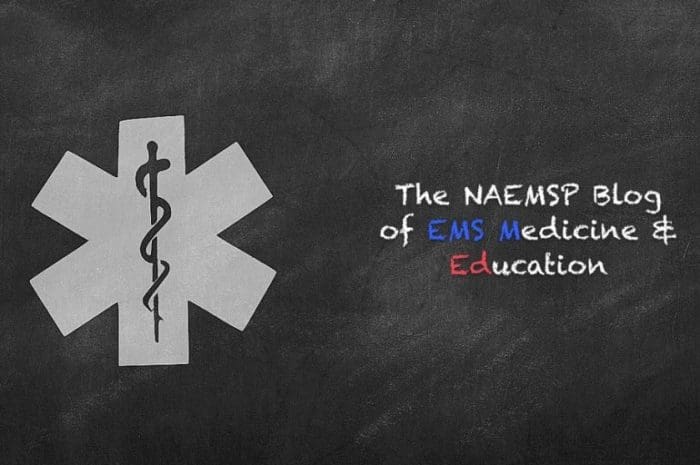The EMS MEd blog is the mouthpiece of the National Association of EMS Physicians and, as you’d expect, features a lot of content on complex medical topics. One post I could actually understand, however, involved an evaluation of the potential “survivability” of those who died from wounds received during public mass shootings.
The upshot: only 7% of fatalities could have been saved with prompt medical intervention. And for everyone who carries a tourniquet every day, according to the National EMS study, none of the fatalities died of blood loss from the extremities.
From the National EMS Blog site:
Article Bites #12: The Profile of Wounding in Civilian Public Mass Shooting Fatalities.
Background & Objectives:
Civilian mass shootings are unfortunately on the rise and afflict the lives of many individuals and their families. Given the rising incidence and severity of these events, there has been much in the way of public initiatives at improving morbidity and mortality in individuals who have been critically wounded.
Much of the prior emphasis on management of these patients in the prehospital environment has focused on external hemorrhage control with widespread education on use of tourniquets. The strong focus on civilian management of exsanguinating extremity hemorrhage during mass shootings is largely based on the blast injury patterns identified during the US operations in Iraq and Afghanistan which suggest that between 52% and 64% of injuries in combat are to the extremities.
Whether these lessons translate to civilian mass shootings is unclear. The overall purpose of this paper was to precisely identify the anatomic wounding pattern, fatal wounds and incidence of potentially survival wounds in civilian mass shooting incidents.
Yes, they studied the commonly-accepted model for deaths – based upon military operations overseas – and they found (spoiler alert) that civilian injuries don’t correspond with military fatalities. Perhaps that’s because the average civilian in America doesn’t wear Improved OTV armor in their daily lives.
Key Results:
In total, based on responses from medical examiners, a total of 12 mass public shooting events were analyzed in the study. A total of 139 fatalities with 371 total wounds were examined by the investigators. The key results from the study were as follows:
- There was an average of 2.7 wounds associated within the group of fatalities
The case fatality rate for civilian mass shootings was 44.6% (compared to approximately 10% during Operation Iraqi Freedom and Operation Enduring Freedom as reported in other studies).- 58% of all victims (with fatal and non-fatal wounds) had at least one wound to head or chest/upper back
- 20% (28/139) of all wounds were to the extremity, of which none were deemed to be fatal
- 77% of all fatal wounds were identified in the head or chest/upper back.
In total, only 9 of the 125 fatalities or roughly 7% (14 excluded given absence of autopsy data) were determined to be potentially survivable- The most common survivable injury was a wound to the chest (89% of all survivable injuries) without obvious evidence of vascular or cardiac injury
- There was 100% agreement between the reviewers of the study regarding potential survivability of injuries
“The most common survivable injury was a wound to the chest without obvious evidence of vascular or cardiac injury.”
That combat application tourniquet won’t save someone with a chest wound. Yet at the same time, especially for first responders, they weigh next to nothing and it’s better to have it and not need it than need it and not have it.
Takeaways:
- Only 7% of victims in civilian mass shootings had a potentially survivable wound. No fatalities likely occurred secondary to exsanguination from extremity hemorrhage
- The majority of wounds in civilian mass shootings occur primarily in the head, chest/upper back compared to combat environments where the majority of wounds occur in the extremities.
- The case fatality rate for civilian mass shootings compared to military data was much higher, and associated with lower number of potentially survivable injuries
As a layperson, I can’t help but think a two-plus-hour delay between getting shot at the Pulse Nightclub and getting medical treatment resulted in more than 7% of fatalities from delayed diagnosis and treatment of their wounds.
At the same time, even if the National EMS experts are off by a factor of five, that still means two-thirds of fatalities will die even if provided immediate, professional medical care.
The bottom line: the single tool that saves the most lives in mass shooting situations is not a tourniquet or prompt medical care…it’s a good guy’s gun.
We recently saw this demonstrated vividly in the attack on the Poway synagogue. Unlike the Tree of Life shooting, a good guy brought his gun to services in Poway. Along with another congregant, he chased the shooter out of the synagogue and opened fire on him.
So carry your gun. The life you save may be your own. One way or another.
